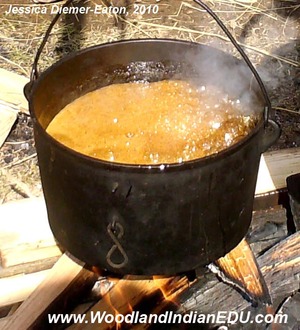Spinach, zero, sugar, coffee and algebra all have one thing in common. They are words commonly spoken in the English language that derive from the ancient and vast Arabic language of the Middle East. Though not as well known in the western hemisphere, the Arabic language is one of the major languages of the world with a vast history of its own through the spoken and written word.
The Arabic language has documented origins dating back to the 4th century; however, its popularity heightened in the 7th century when it became the official language of the Qur’an. The language is considered a semantic language, a subset of the earlier proto-Semitic language, and is placed in the Afro-Asiatic group of world languages. Though scholars argue over the exact geographic origin of the language, Arabic is believed to have originated from the Mediterranean Basin area, specifically in and around coastal areas.
There are three different forms of Arabic known to man. The first is Classical, also known as Qur’anical, Arabic and is only found in religious writings, specifically the Qur’an. Next is Formal or Modern Standard Arabic. This form of the language is the general form used for all Arabic speaking people for universal understanding. This is the form of the language mostly seen in media outlets such as TV news reports, newspapers and books. The last form of the language, known as Spoken or Colloquial Arabic, is specific to the many different dialects spoken by the millions of Arabic speakers around the globe.
Arabic dialect, as in any language, is a form of the root language “personalized” to the region in which it is spoken. Specifically in this case, the Arabic Language is regionalized to many different dialects such as Moroccan, Iraqi, Egyptian Arabic, Maltese and Sudanese Arabic. These dialects are mainly only used in the spoken and day-to-day forms, and Modern Standard Arabic is used by all in the written and formal forms. Previously used languages have a major influence on the different regional dialects of the Arabic language.
Literature in the Arabic language also serves a primary purpose when analyzing the origins of this vast language. Arabic literature dates back to 500 AD when pre-Islamic poetry was read aloud. It wasn’t until the 7th century when these poetic pieces were finally written down into what the modern world knows as the mu’allaqat. After poetry, prose and the novel became extremely popular in the Arabic language. One of the most popular early novels is the Thousand and One Nights, known best in English today as The Arabian Nights. Much like the Thousand and One Nights, a majority of Arabic prose was translated from classical Persian works by Islam converts.
According to Al-bab.com, the Arabic language ranks sixth on the list of the 12 major languages of the world just under Mandarin Chinese, Spanish, Hindi, English and Bengali. An estimated 186 million people around the world speak this ancient language, and the United States claims just around 200,000 of those speakers. Because Arabic is the language of the Islam religion, it is easy to deduce that the language will grow and travel wherever the Islam religion spreads.



